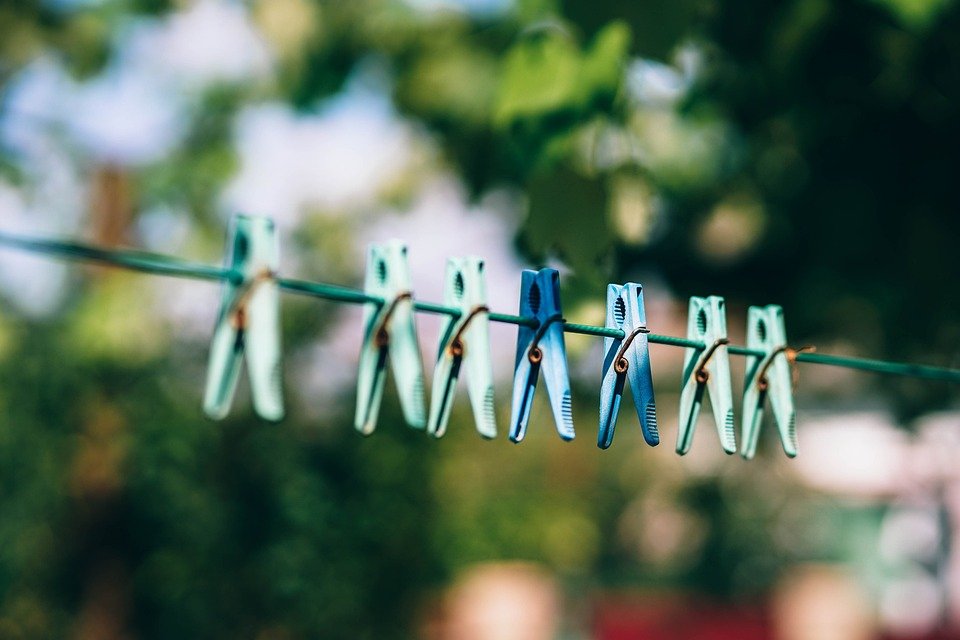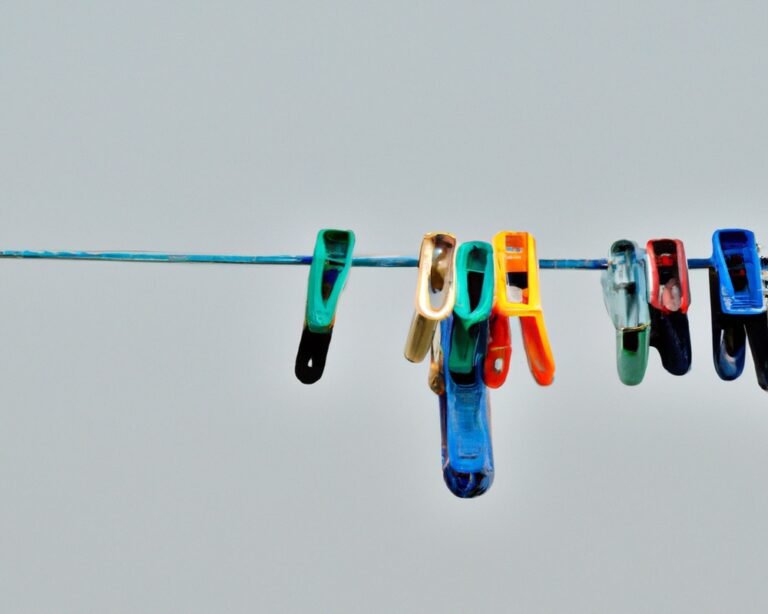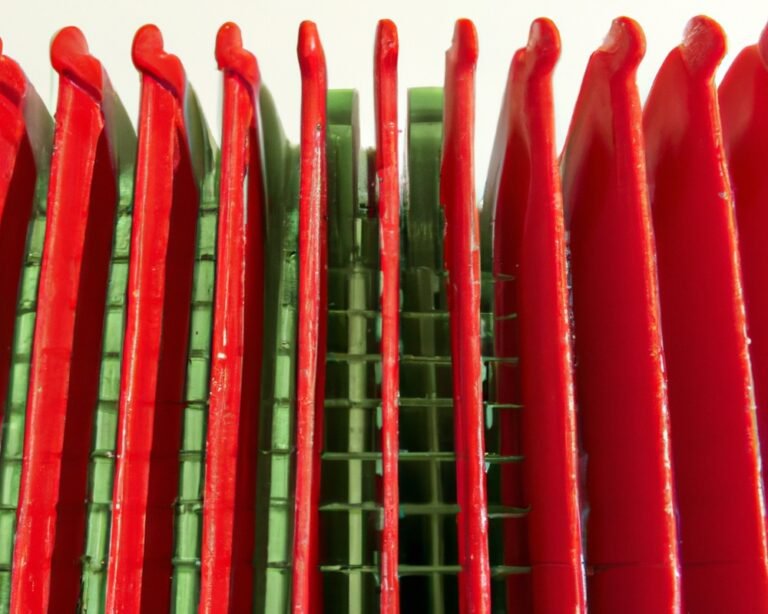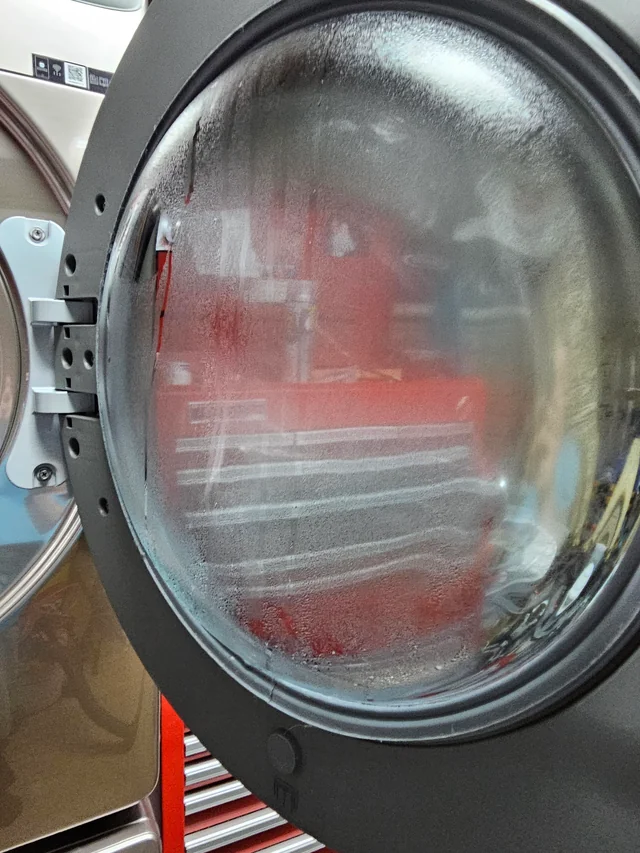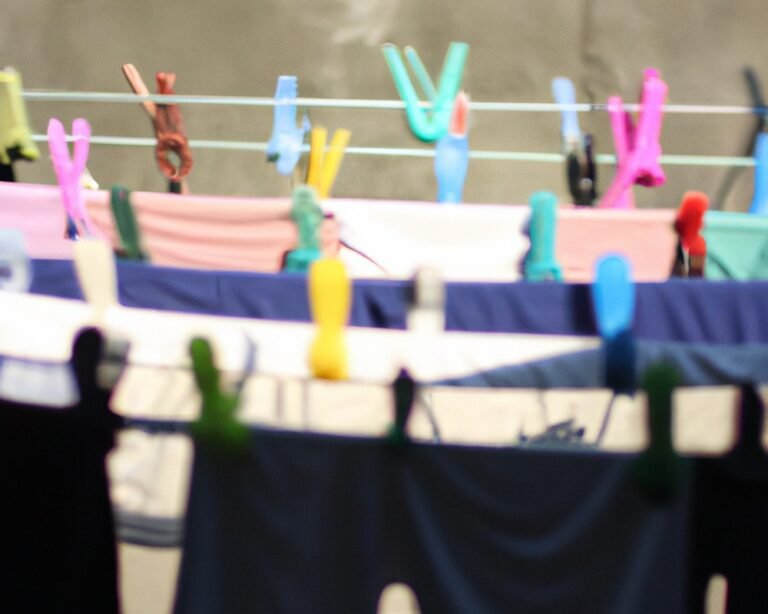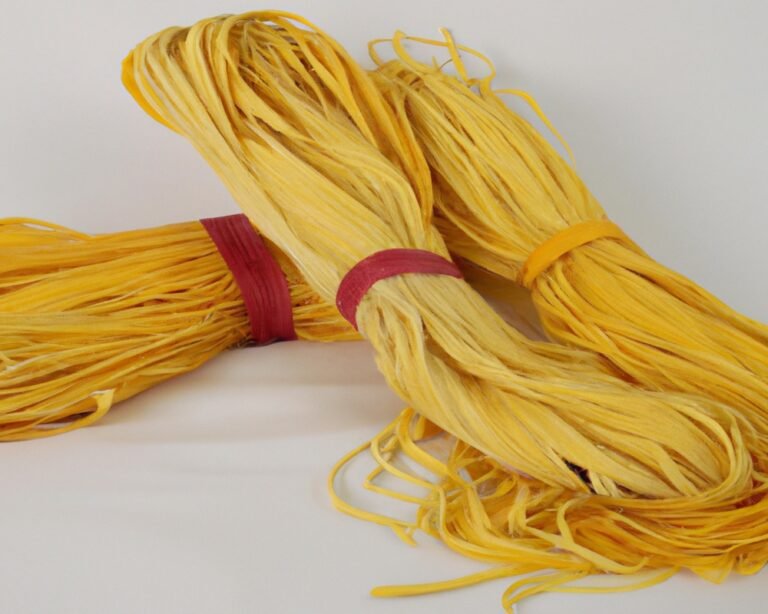Modern Clothes Drying Methods: Efficiency, Sustainability, and Convenience
In today’s rapidly evolving world, even everyday household chores have undergone significant transformations. One such chore is the age-old practice of drying clothes. From traditional outdoor clotheslines to cutting-edge technologies, clothes drying methods have evolved in efficiency, sustainability, and convenience through clothes dryer or not. In this blog post, we’ll delve into these methods, exploring their benefits, drawbacks, and environmental implications.
1. Traditional Outdoor Clothesline
Benefits of the Clothesline
1.1 Cost-effectiveness
The classic clothesline remains a tried-and-true method for drying clothes and offers numerous advantages. One of its most compelling benefits is its cost-effectiveness. Hanging clothes outdoors requires no energy consumption, making it an economical choice for families looking to reduce their utility bills.
1.2 Natural Disinfection
Another noteworthy advantage of the clothesline is its natural disinfection properties. Exposure to the sun’s UV rays can naturally disinfect and freshen clothes, eliminating the need for chemical-based alternatives. This not only saves money but also reduces the environmental impact associated with laundry detergents.
Drawbacks of the Clothesline
However, traditional clotheslines also come with their fair share of drawbacks:
1.3 Weather Dependency
This method is heavily reliant on weather conditions and can be impractical in regions with unpredictable weather. Rain, snow, or excessive humidity can prolong drying times or even ruin clothes, frustrating homeowners who depend on this method.
1.4 Time-Consuming
Drying clothes on a clothesline takes time, which may not be suitable for individuals with busy schedules. While it offers natural freshness, it requires patience and planning, making it less convenient for those with fast-paced lives.
2. Electric Clothes Dryers
Benefits of Electric Dryers
Electric clothes dryers are a common sight in modern households, offering their own set of advantages:
2.1 Speed and Convenience
One of the primary advantages of electric dryers is their speed and convenience. They are well-known for their ability to quickly and efficiently dry clothes, making them an ideal choice for busy households where time is of the essence.
2.2 All-Weather Drying
Electric dryers are not affected by weather conditions, ensuring consistent drying regardless of the outdoor environment. This means you can do laundry even on rainy or snowy days, providing a reliable solution year-round.
Drawbacks of Electric Dryers
However, electric dryers are not without their disadvantages:
2.3 Energy Consumption
These appliances consume electricity, contributing to higher utility bills and carbon emissions. In an era of growing environmental awareness, the energy efficiency of electric dryers has come under scrutiny, prompting many to seek greener alternatives.
2.4 Potential Fabric Damage
The high heat generated by electric dryers can cause wear and tear on delicate fabrics. Over time, this can lead to premature fading, shrinking, or damage to clothing, necessitating more frequent replacements and adding to the overall cost.
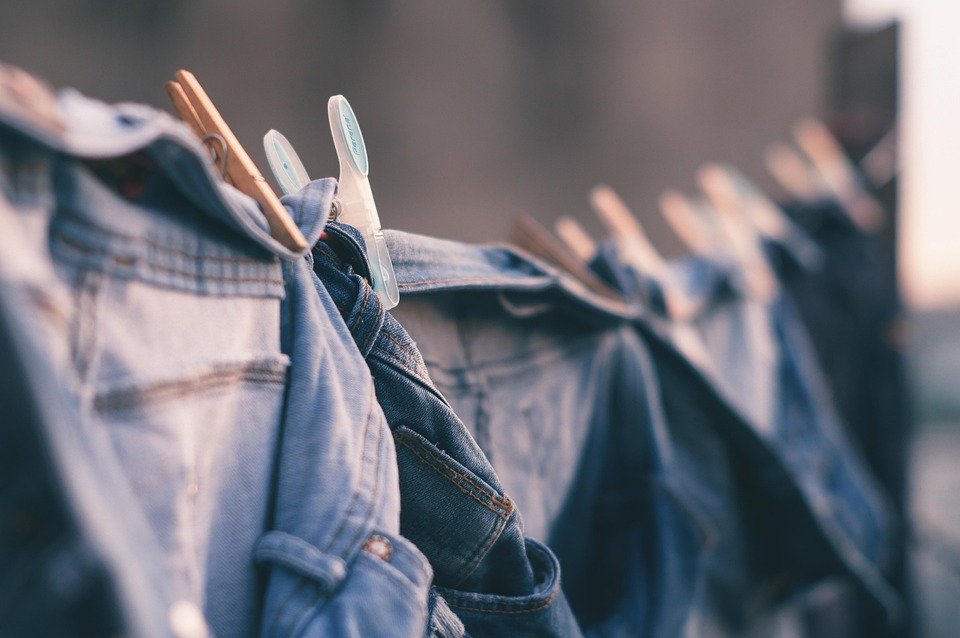
3. Energy-Efficient Dryers
Benefits of Energy-Efficient Dryers
For those seeking a balance between convenience and sustainability, energy-efficient dryers offer a compelling solution:
3.1 Reduced Energy Consumption
Energy-efficient dryers are designed to consume less electricity, making them more eco-friendly and cost-effective in the long run. They utilize advanced technology to optimize drying cycles and minimize energy waste.
3.2 Fabric Care
Energy-efficient dryers incorporate advanced technology to protect clothes from excessive heat damage. They often feature sensors that monitor moisture levels and adjust drying times accordingly, reducing the risk of fabric wear and extending the lifespan of clothing items.
Drawbacks of Energy-Efficient Dryers
Nonetheless, there are still some drawbacks associated with these appliances:
3.3 Initial Cost
Energy-efficient dryers often come with a higher upfront price tag, which can be a deterrent for some consumers. However, it’s important to consider the long-term savings in both energy costs and potential clothing replacements.
4. Indoor Drying Racks
Benefits of Indoor Drying Racks
Indoor drying racks have gained popularity as a sustainable and space-saving option:
4.1 Sustainability
One of the most significant advantages of indoor drying racks is their sustainability. Similar to outdoor clotheslines, they require no energy consumption, making them a more environmentally friendly choice. This eco-conscious option reduces carbon emissions and minimizes your carbon footprint.
4.2 Space Efficiency
Indoor drying racks are ideal for apartments or homes with limited outdoor space. They allow you to utilize available indoor space efficiently, making them a practical choice for urban dwellers or those with smaller living quarters.
Drawbacks of Indoor Drying Racks
Despite their advantages, indoor drying racks have limitations:
4.3 Longer Drying Times
Compared to electric dryers, indoor drying racks may take longer to dry clothes. This can be a drawback for individuals who require fast turnaround times for their laundry.
Conclusion
The choice of clothes drying method ultimately depends on individual preferences, lifestyle, and environmental concerns. Each method has its own set of advantages and disadvantages, and it’s essential to weigh these factors when deciding which approach aligns best with your needs. Whether you opt for the timeless simplicity of a clothesline or the convenience of a modern electric dryer, your choice can significantly impact your energy consumption, budget, and the environment. By making an informed decision, you can strike a balance between efficiency, sustainability, and convenience in your clothes drying routine.
Frequently Asked Questions (FAQs) about Clothes Drying Methods
1. Is a traditional outdoor clothesline cost-effective?
Yes, traditional outdoor clotheslines are highly cost-effective as they require no energy consumption, helping you save on utility bills.
2. Do clothes dried on a clothesline get disinfected naturally?
Yes, clothes exposed to the sun’s UV rays on a clothesline can naturally disinfect and freshen, reducing the need for chemical-based disinfectants.
3. Are electric dryers suitable for year-round use?
Yes, electric dryers are not weather-dependent, making them suitable for use in all seasons and weather conditions.
4. Do energy-efficient dryers save on energy costs?
Yes, energy-efficient dryers are designed to consume less electricity, resulting in cost savings over time, despite their higher upfront cost.
5. Are indoor drying racks eco-friendly?
Yes, indoor drying racks are environmentally friendly as they require no energy consumption and reduce your carbon footprint.
6. Do indoor drying racks take longer to dry clothes?
Yes, compared to electric dryers, indoor drying racks may have longer drying times, making them better suited for those with patience and flexibility in their laundry routines.

